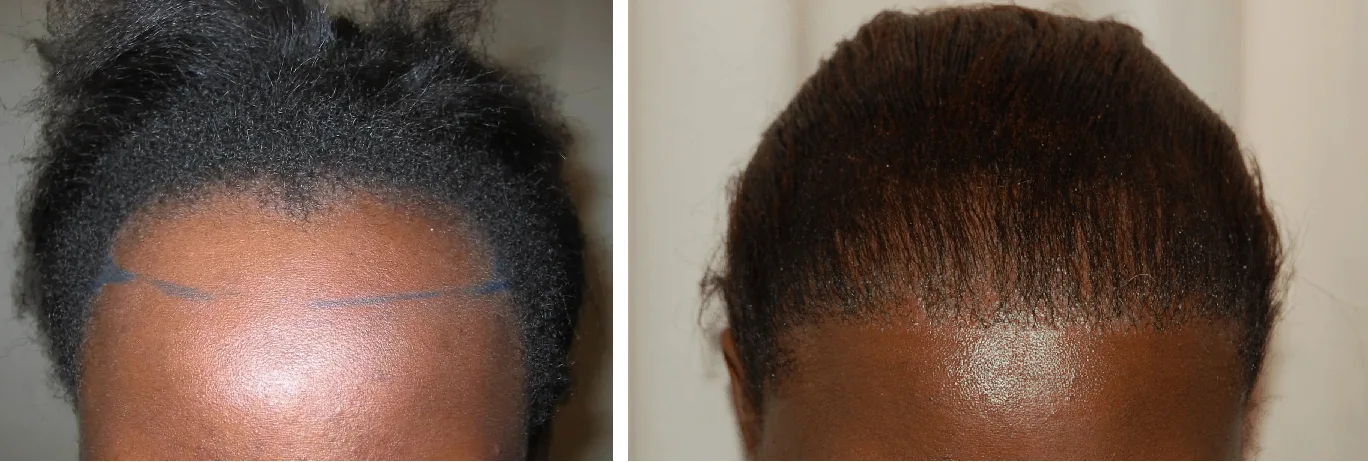Dental implants are one of the most important breakthroughs in modern dentistry. Since the 1950s, they have revolutionized the way we treat tooth loss and have provided millions of people with a reliable, long-term solution for restoring missing teeth. But how did we get to this point? What is the history of dental implants?
The concept of using a metal replacement for a missing tooth dates back to 600 A.D., when Mayan civilization used an implant made of copper to replace a missing tooth. In the 18th century, modern scientists began to investigate the possibility of using metal implants to replace missing teeth, although their efforts were unsuccessful due to lack of technology.
It wasn’t until the 1950s that the first successful dental implant was created. Swedish Professor Per-Ingvar Branemark was the first to successfully place a titanium implant into a human jaw. His discovery changed the face of dentistry, as titanium is the only material that is able to successfully fuse with the bone in the jaw, creating a strong foundation for the implant.
Since then, a variety of dental implant designs have been developed. In the 1970s, mini-implants were created to provide a less invasive option for people with a reduced amount of jawbone. Later, implants were developed with adhesive components to enable a quicker and less painful fitment. In the 2000s, implant systems were developed that could be inserted with a one-step procedure, and today, computer-aided design has revolutionized the way implants are created, providing more precise and customized results.
Today, dental implants are the most popular and successful tooth replacement option available. They provide a long-term solution for missing teeth, and with proper care, they can last a lifetime. With over 70 years of research and development, dental implants have proven to be a safe and effective solution. Research into further improvements and advancements in implant technology continues, giving hope to millions of people who have lost teeth and are looking for a reliable and lasting replacement.




